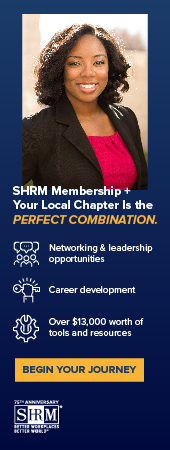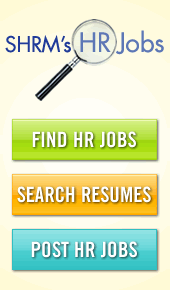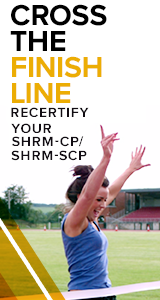How to Use Distinctions to Enhance the Employee Experience (EX) and your Customer Experience too!
The latest human resources and talent management thinking says the employee experience, EX, is foundational to business performance. This approach has its roots in customer experience, CX and account-based experience, ABX. CX and ABX are very effective perspective-taking approaches to improving products and services and building a strong and reputable brand. Further support for the results of these customer-focused methodologies comes from the motivation and commitment of our employees. Make no mistake, improving EX enhances efforts in CX and ABX and yields step-ahead business outcomes.
EX involves the discovery of important aspects of the entire employee life cycle to garner insight into ways to enhance that experience, and increase retention, engagement, and motivation. EX minimally involves:
- Creating detailed personas of ideal employees to gain a better understanding, connection and reach for recruiting efforts and themed consistency within the employee experience.
- Defining the employee life cycle stages, relationships, experiences, and interfaces.
- Defining the purpose of the process for the employee and the employer.
- Defining the belief of employee and employer within each aspect.
- Defining the feelings of employee and employer within each aspect.
- Defining the behavior of employee and employer within each aspect.
In this pursuit you may identify reasons candidates may exclude us as an employer, better understand the employment strategy of candidates, gain a better understanding of the experience once the onboarding process is initiated, and get in touch with the daily experience of employees.
To give a quick example, let’s look at the onboarding experience.
First, note we changed the distinction from “onboarding process” to “onboarding experience.” This small change switches our attention from the steps of onboarding to their impact on the employee. Once we understand the impact, we will better understand how to arrange the steps and actions to better frame the experience.
First let’s take a look at the purpose of onboarding:
|
Aspect of onboarding |
Employee |
Employer |
|
Purpose |
|
|
Immediately we can see the focus of the employee experience is on joining the team and the first step of a real-life transition Conversely, the focus of the employer is a legal, regulatory, and administrative purpose, and of course this is "the nature of the beast". Still, that is quite a dichotomy; one party is focused on teambuilding, belonging, and life changes, while the other is rather sterile, mostly administrative and in some instances can even be considered coercive. Are there ways to soften the approach of the employer?
Next, let’s look at beliefs within the onboarding experience:
|
Aspect of onboarding |
Employee |
Employer |
|
Belief |
|
|
Of course, there may be more, but this quick comparison, depending upon the beliefs, could yield a better structure or additional steps or technology to give a good first impression, better compliance with legal and regulatory administration and a gentle, careful handoff with follow up to ensure things are going well. Also, ever realize how much attention employees get from HR, only to be handed off without fun or fanfare? It has to be a shock, particularly for young people.
Lastly, let’s review behaviors within onboarding:
|
Aspect of onboarding |
Employee |
Employer |
|
Behaviors |
|
|
From these behaviors, we may be able to justify technology, or add additional interaction from HR post onboarding. Perhaps we need to increase hiring manager awareness of the new employee's potential adjustment to work and the balance of the team. Further, what behaviors would we want to see here? That is a great question to ask. Is there a way to reduce the first day processing time? Perhaps something as simple as breaking up the onboarding steps into multiple days, would lesson the impact of manual processing-and allow for a touchstone moment on how the week is going for our new employee.
It is highly unlikely we can get to the place where onboarding doesn't involve legal and regulatory compliance. But by thinking about it as not just a process, but an experience, distinguishing between employee and employer perspective, and examining the potential thinking, beliefs and behaviors, we can get an enhanced view that can elevate outcomes.
Lori G. Fisher, PMP-PCHRA Social Media Chair



.png)



